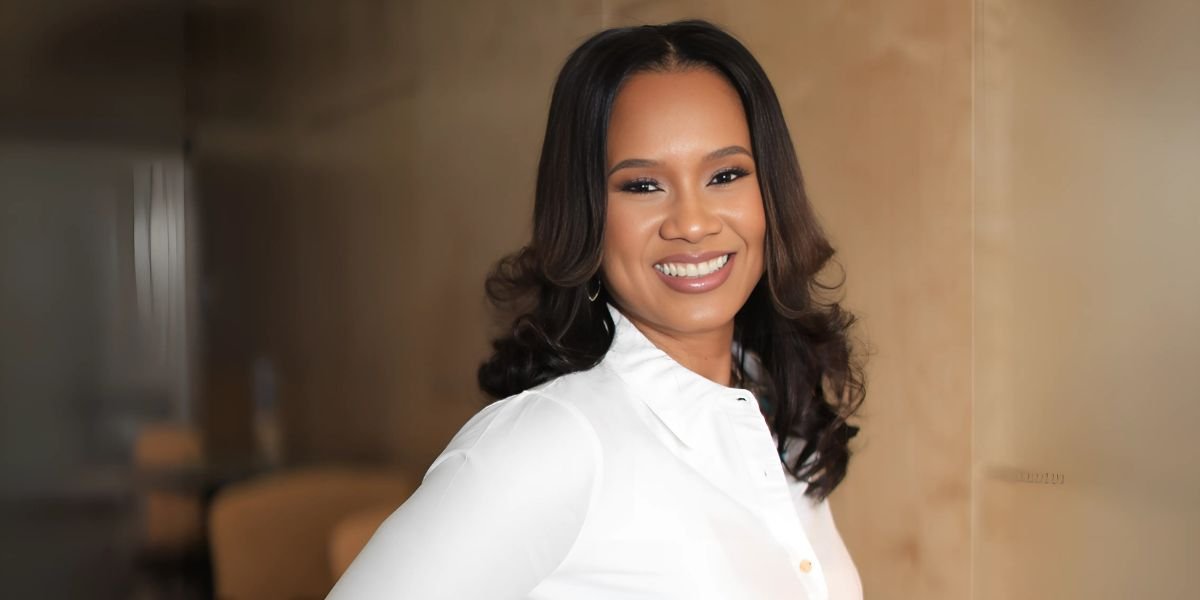Imagine a captivating travel video. The raw footage might showcase breathtaking landscapes, bustling cityscapes, and vibrant cultural experiences. However, without transitions, these clips would abruptly jump from one location to the next, creating a disjointed viewing experience. A skilled editor would weave these scenes together using well-chosen transitions. A dissolve might be used to create a smooth flow between a panoramic mountain vista and a bustling marketplace, while a fade could subtly signal a shift in time as the video transitions from day to night. These transitions, employed thoughtfully, act as visual bridges, guiding the viewer on a seamless journey through the featured destination.
The power of transitions extends beyond simply maintaining visual continuity. They can also be used to subtly influence the emotional tone of a video. A quick cut can inject a sense of urgency into an action sequence, while a slow dissolve might evoke a sense of nostalgia or longing. By understanding the impact of different transitions, editors can craft a video that not only flows seamlessly but also elicits the desired emotional response from viewers. As a renowned video editing instructor once noted, “Transitions are more than just technical tools; they are storytelling devices that can shape the way viewers perceive and connect with your video’s message.”
The Power of Transitions
Transitions serve the crucial function of bridging the gap between two separate video clips. Without them, abrupt cuts can jolt viewers from their immersion in the narrative. Well-chosen transitions create a sense of continuity, guiding the viewer’s eye from one scene to the next in a visually pleasing and unobtrusive manner.
The vast array of transition effects available to editors caters to diverse creative visions. Dissolves, wipes, fades, and zooms are just a few examples of the fundamental transitions that provide a seamless flow between shots. More artistic transitions, such as light leaks, glitches, and split-screens, can add a touch of dynamism and intrigue to a video, particularly when used sparingly and with clear creative intent.
A video editing software suite ([invalid URL removed]) notes, “Transitions should be used thoughtfully and strategically. Their primary function is to enhance the narrative flow, not distract from it.”
The key to masterful use of transitions lies in understanding their purpose and employing them strategically. Consider the following factors when incorporating transitions into your video editing workflow:
- Pacing and Mood: Fast-paced action sequences might benefit from quicker cuts and more dynamic transitions, while slower, more contemplative scenes might call for gentler dissolves or fades.
- Narrative Flow: Transitions should guide the viewer’s eye and understanding of the video’s progression. Use transitions to emphasize cause-and-effect relationships, juxtapose contrasting ideas, or signal a shift in time or location.
- Cohesiveness: Maintain a consistent visual style throughout your video. If you opt for a minimalist approach with subtle dissolves, avoid jarring the viewer with a sudden, artistic transition later in the piece.
While transitions primarily focus on connecting clips, video effects encompass a broader range of visual enhancements. These effects can add depth, dimension, and visual interest to your video, further elevating its production value.
Common video effects include color grading, which allows for precise adjustments to the color palette of a scene, and slow motion/fast motion, which can manipulate the speed of footage to create dramatic emphasis or a heightened sense of urgency. More advanced effects, such as green screen compositing and keyframing, open doors to a world of creative possibilities, enabling the seamless integration of computer-generated elements or the creation of dynamic animations.
A renowned video editing expert emphasizes, “Video effects, when used judiciously, can elevate a video from ordinary to extraordinary. However, it’s crucial to remember that they should serve the story, not overshadow it.”
Using Effects Creatively
Similar to transitions, the effective use of video effects hinges on thoughtful application. Here are some key considerations:
- Purpose: Every effect should have a clear justification within the narrative. Don’t add elements simply because they exist; ensure they contribute to the overall message or aesthetic of your video.
- Subtlety is Key: A heavy-handed approach to effects can quickly overwhelm viewers. Use them sparingly and strategically to achieve maximum impact.
- Target Audience: Consider who your video is intended for. Whimsical effects might be appropriate for an animated children’s video, but a documentary on a serious topic would likely call for a more restrained approach.
Transitions and effects are powerful tools in the video editor’s arsenal. By mastering their application, editors can craft engaging narratives that seamlessly guide viewers on a visual journey. Remember, these elements are most effective when used thoughtfully and strategically, serving the narrative without overshadowing the core message of the video. As with any art form, practice and experimentation are key to developing a keen eye for the subtle nuances that elevate a video from good to great.







